Alvin Bragg Has His Trump Trial, All He Needs Now Is A Crime
Below is an expanded version of my column in the New York Post on the start of the Trump trial and much awaited explanation of District Attorney Alvin Bragg on the underlying alleged criminal conduct. The curious aspect of the case is that the prosecutors are stressing that they will prove largely uncontested facts. Indeed, if all of these facts of payments, non-disclosure agreements, and affairs are proven many of us (including liberal legal experts) are doubtful that there is any cognizable crime.
Here is the column:
For many of us in the legal community, the case of Manhattan District Attorney Alvin Bragg against former president Donald Trump borders on the legally obscene: an openly political prosecution based on a theory that even some liberal pundits have dismissed. Yet, this week the prosecution seemed like they were actually making a case for obscenity.
No, it was not the gratuitous introduction of an uncharged alleged tryst with a former Playboy bunny or planned details on the relationship with a former porn star. It was the criminal theory itself that seemed crafted around the standard for obscenity famously described by Supreme Court Justice Potter Stewart in the case of Jacobellis v. Ohio, 378 U.S. 184 (1964): “I shall not today attempt further to define [it] … But I know it when I see it.”
After months of confusion of what crime they were alleging in the indictment, the prosecution offered a new theory that is so ambiguous and undefined that it would have made Justice Stewart blush.
New York prosecutor Joshua Steinglass told the jury that one of the crimes that Trump allegedly committed in listing the payments to Stormy Daniels as a “legal expense” was New York Law 17-152. This law states “Any two or more persons who conspire to promote or prevent the election of any person to a public office by unlawful means and which conspiracy is acted upon by one or more of the parties thereto, shall be guilty of a misdemeanor.”
So they are arguing that Trump committed a crime by conspiring to unlawfully promote his own candidacy. He did this by paying to quash a potentially embarrassing story and then reimbursing his lawyer with other legal expenses.
Confused? You are not alone.
It is not a crime to pay money for the nondisclosure of an alleged affair. Moreover, it is also not a federal election offense (which is the other crime alleged by Bragg) to pay such money as a personal or legal expense.
It is not treated under federal law as a political contribution to yourself.
Yet, somehow the characterization of this payment as a legal expense is being treated as an illegal conspiracy to promote one’s own candidacy in New York.
The Trump cases have highlighted a couple of New York’s absurdly ambiguous laws. Under another law, New York Attorney General Letitia James secured an almost half of billion dollar judgment against Trump for loans where the alleged victims not only did not lose a dime but were eager for more business from his company. The law does not actually require any loss to a victim to impose a roughly $500 million penalty against a defendant that James pledged to bag in her campaign for office. While the over and under valuing of assets is common in the real estate area, James singled out Trump.
James declined to explain how this law could be used against other businesses since actual losses or injuries are not viewed as necessary. Businesses would just have to trust her and her judgment. In other words, the law could have sweeping applications, but we will know a violation under the civil law when we see it.
As with James, Bragg saw it in Trump. His predecessor did not see it. He declined charging on this basis. Bragg did to. He stopped the investigation. However, after a pressure campaign, Bragg might not be able to see the crime but he certainly saw the political consequences of not charging Trump.
In New York, prosecutors are expected to have extreme legal myopia: they can see no farther than Trump to the exclusion of any implication for the legal system or legal ethics.
Of course, neither he nor his office has never seen this type of criminal case in any other defendant. Ever.
We have never seen a case like this one where a dead misdemeanor from 2016 could be revived as a felony just before any election in 2024.
The misdemeanors in this case, including falsifying these payments, expired with the passage of the statute of limitations. But Bragg (with the help of Matthew Colangelo, a former top official in the Biden Justice Department) zapped it back into life by alleging a federal election crime that the Justice Department itself rejected as a basis for any criminal charge.
So now there is a second crime that is hard for most of us to see, at least outside of New York. Trump is accused of conspiring to promote his own candidacy by mislabeling this payment, even though it was part of a larger legal payment to his former counsel, Michael Cohen.
They do not see a crime in analogous mislabeling of payments by Democratic candidates.
Take Hillary Clinton who served as senator from New York and ran for president against Trump. For months before the 2016 election, Hillary Clinton’s campaign denied that it had funded the infamous Steele dossier behind the debunked Russian collusion claims. That was untrue. When reporters tried to report on the funding story, one journalist said Elias that “pushed back vigorously, saying ‘You (or your sources) are wrong.’”
It was later discovered that the funding was hidden as legal expenses by then-Clinton campaign general counsel Marc Elias. (The FEC later sanctioned the campaign over its hiding of the funding.). Times reporter Maggie Haberman declared, “Folks involved in funding this lied about it, and with sanctimony, for a year.”
Elias even went with John Podesta, Clinton’s campaign chairman, in speaking with congressional investigators and Podesta denied categorically any contractual agreement with Fusion GPS.
While the funds were part of the campaign budget, they were listed as legal expenses and the Clinton people continued to insist that such payments to a former intelligence figure to put together the dossier was a legal expenditure.
It is not clear if Trump even knew how this money was characterized on ledgers or records. He paid the money to his lawyer, who had put together this settlement over the nondisclosure agreement. Cohen will soon go on the stand and tell the jury that they should send his former client to jail for following his legal advice.
In addition to running for president, Trump was a married host of a hit television show. There were ample reasons to secure a NDA to bury the story. Even if money was paid to bury these stories with the election in mind, it is not unusual or illegal. There was generally no need to list such payments as a campaign contribution because they were not a campaign contribution in the view of the federal government.
It is not even clear how this matter was supposed to be noted in records. What if the Trump employee put “legal settlement in personal matter” or “nuisance payment”? Would those words be the difference
Again, it is not clear.
But that does not appear to matter in New York.
The crime may not be clear or even comprehensible.
However, the identity of the defendant could not be more clear and the prosecutors are hoping that the jury, like themselves, will look no further.
Tyler Durden Wed, 04/24/2024 - 15:25

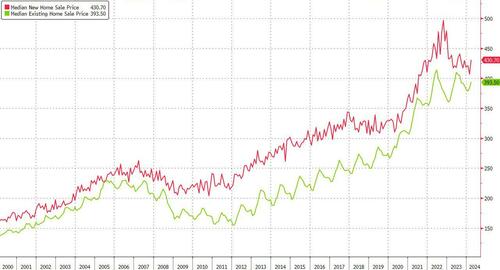
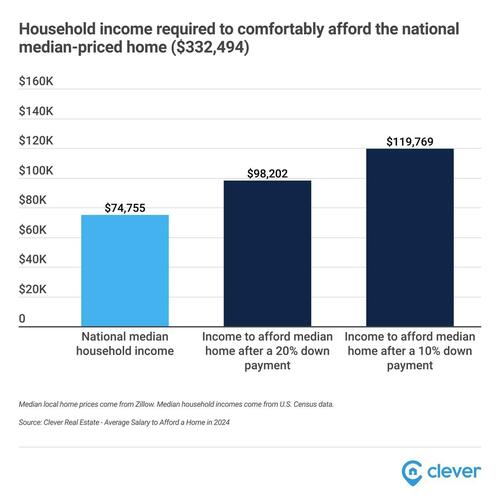



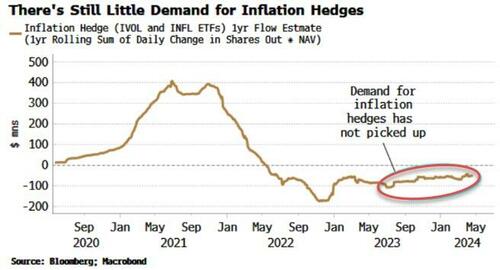
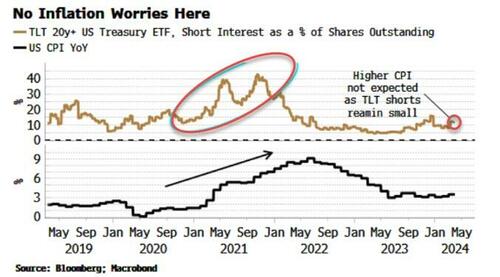

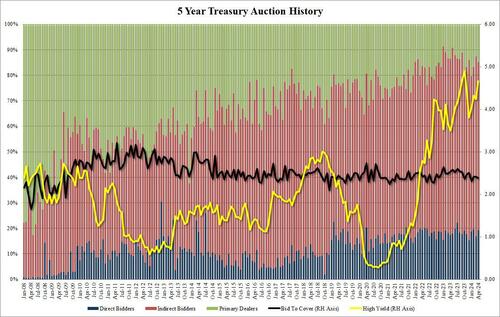
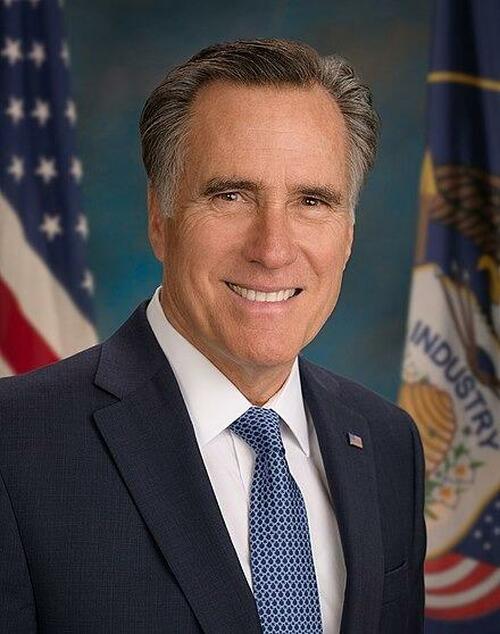
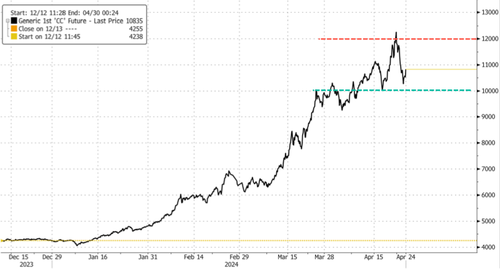



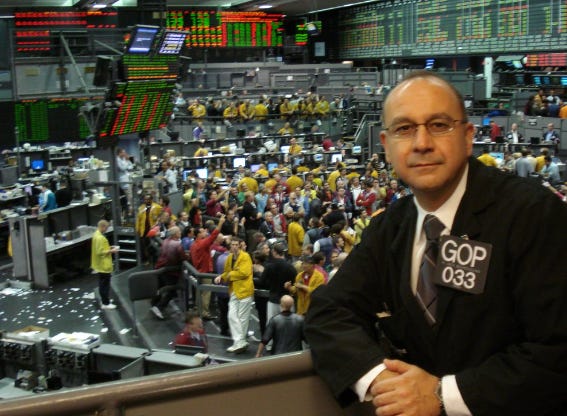




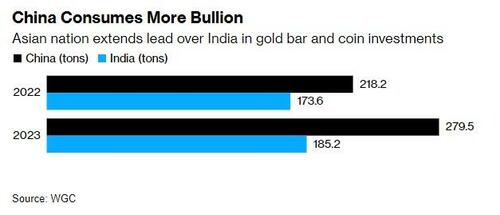
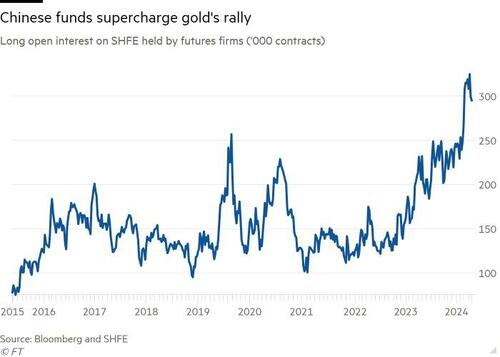
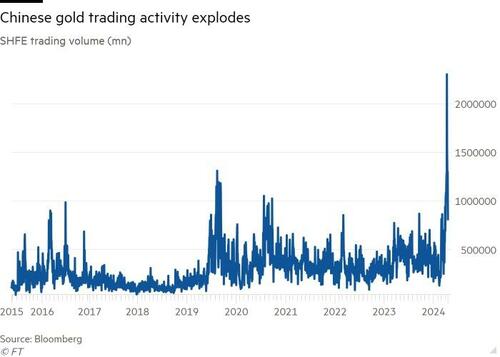

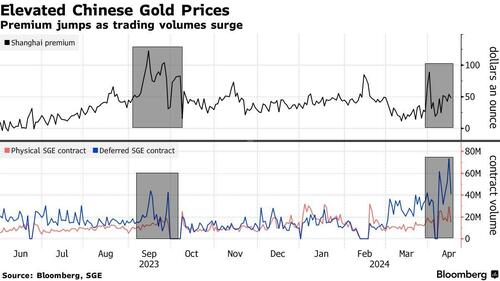
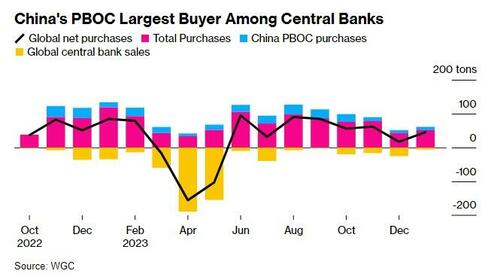


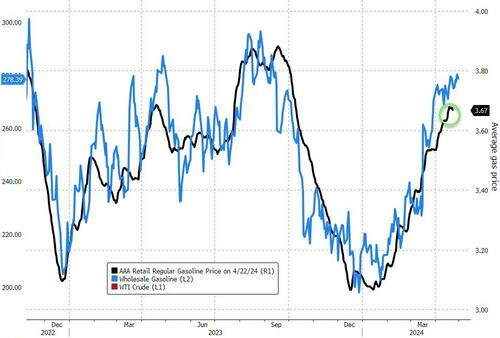
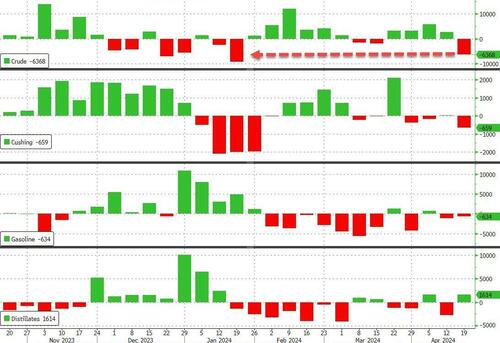
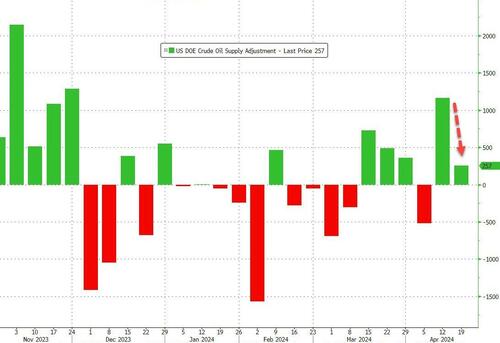
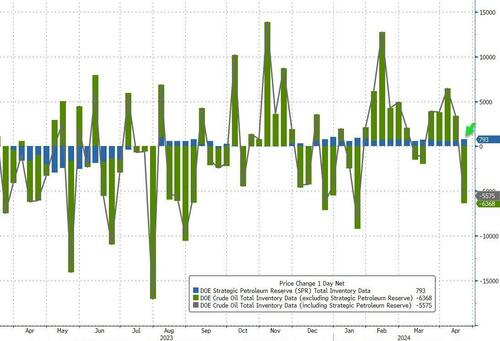
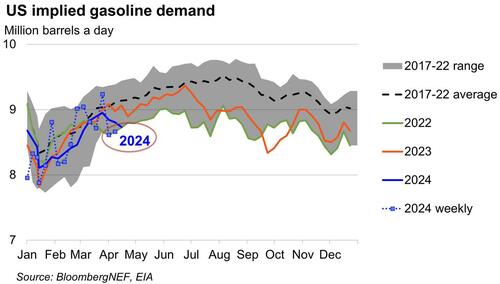
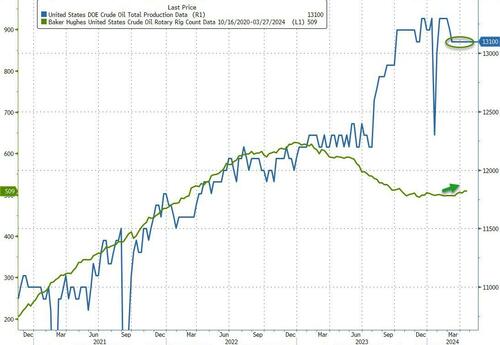
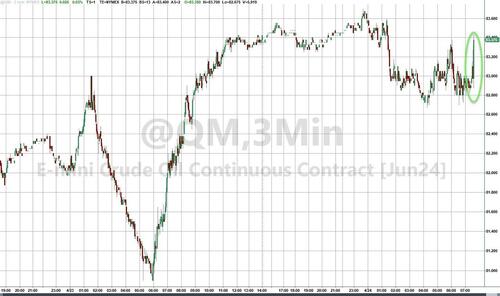
 Chinese Embassy in Germany
Chinese Embassy in Germany

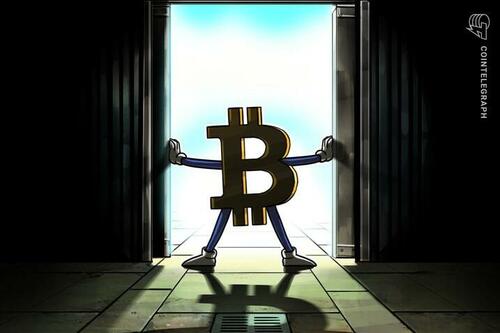

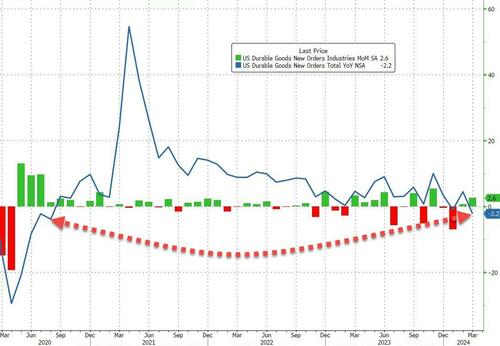

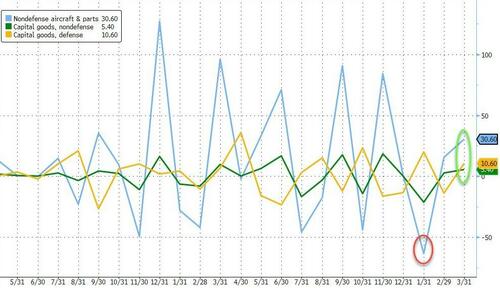

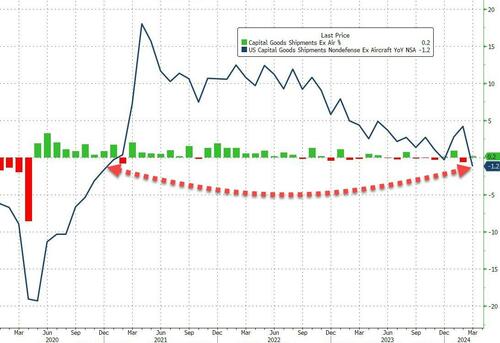


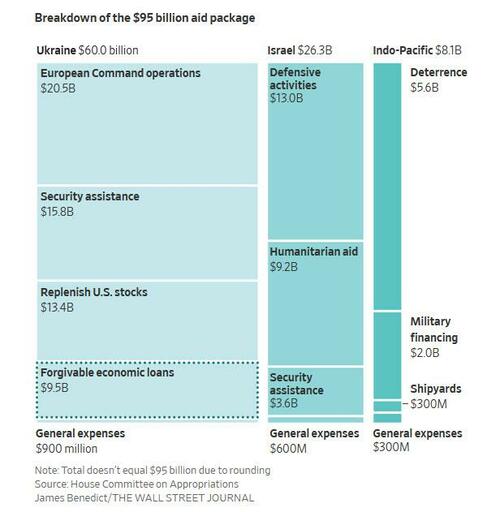
Recent comments